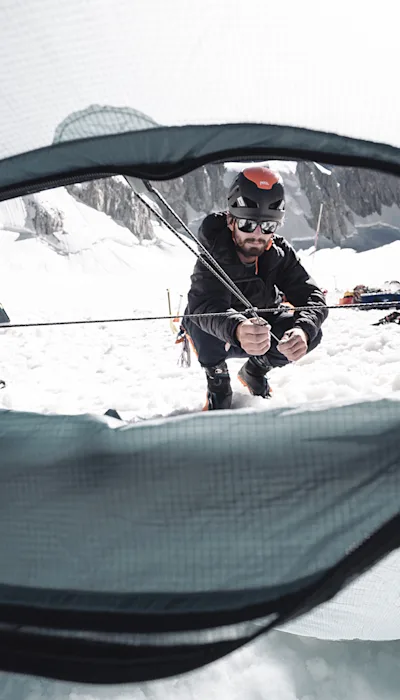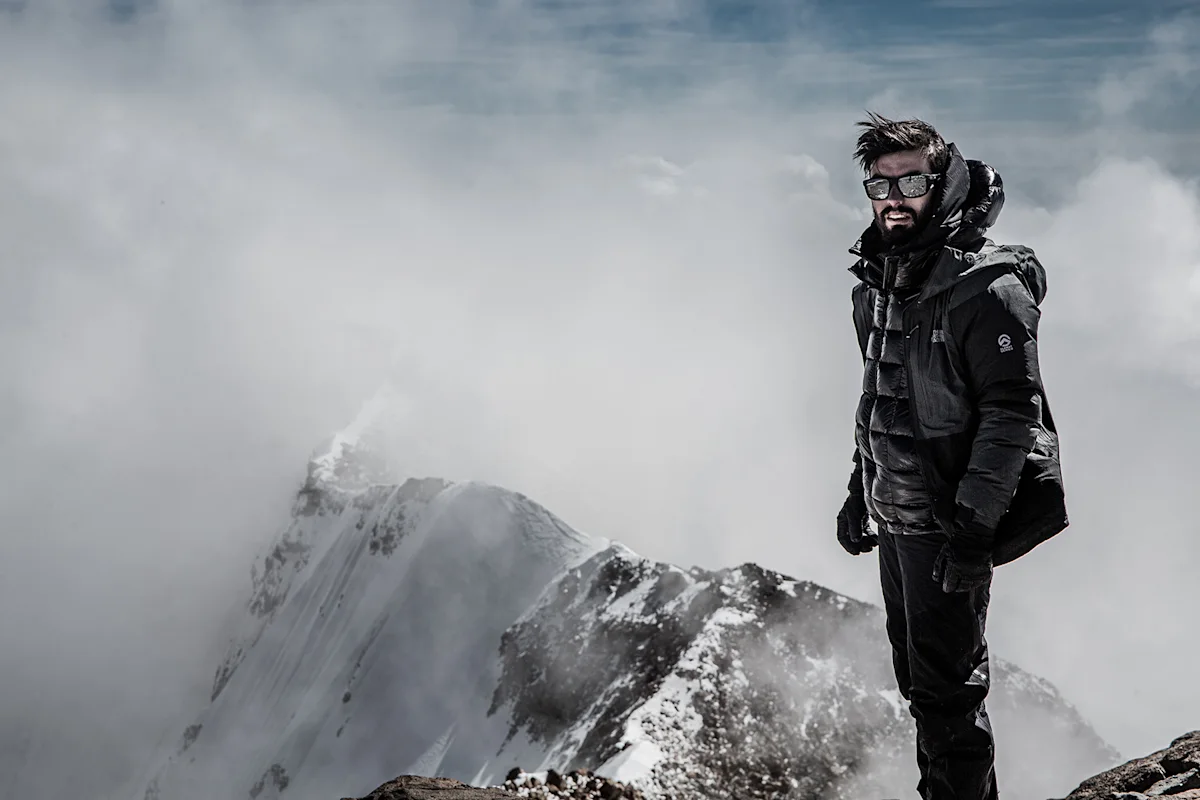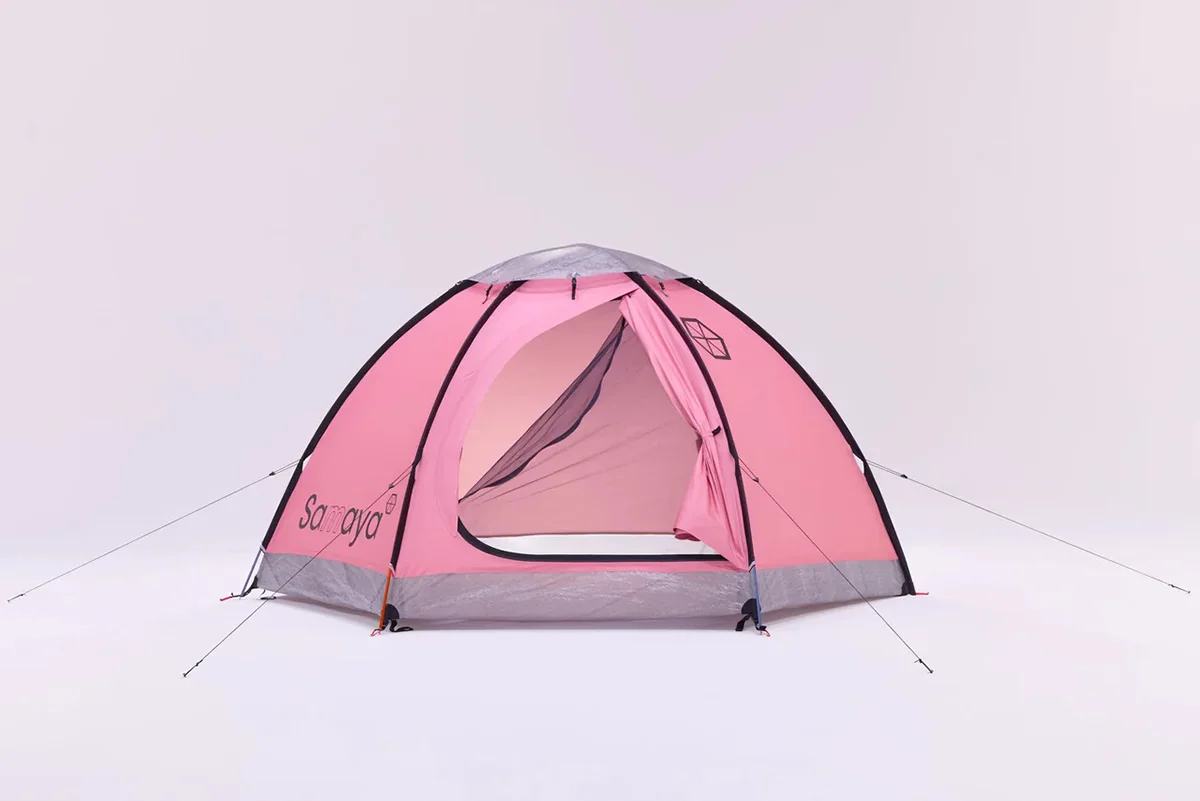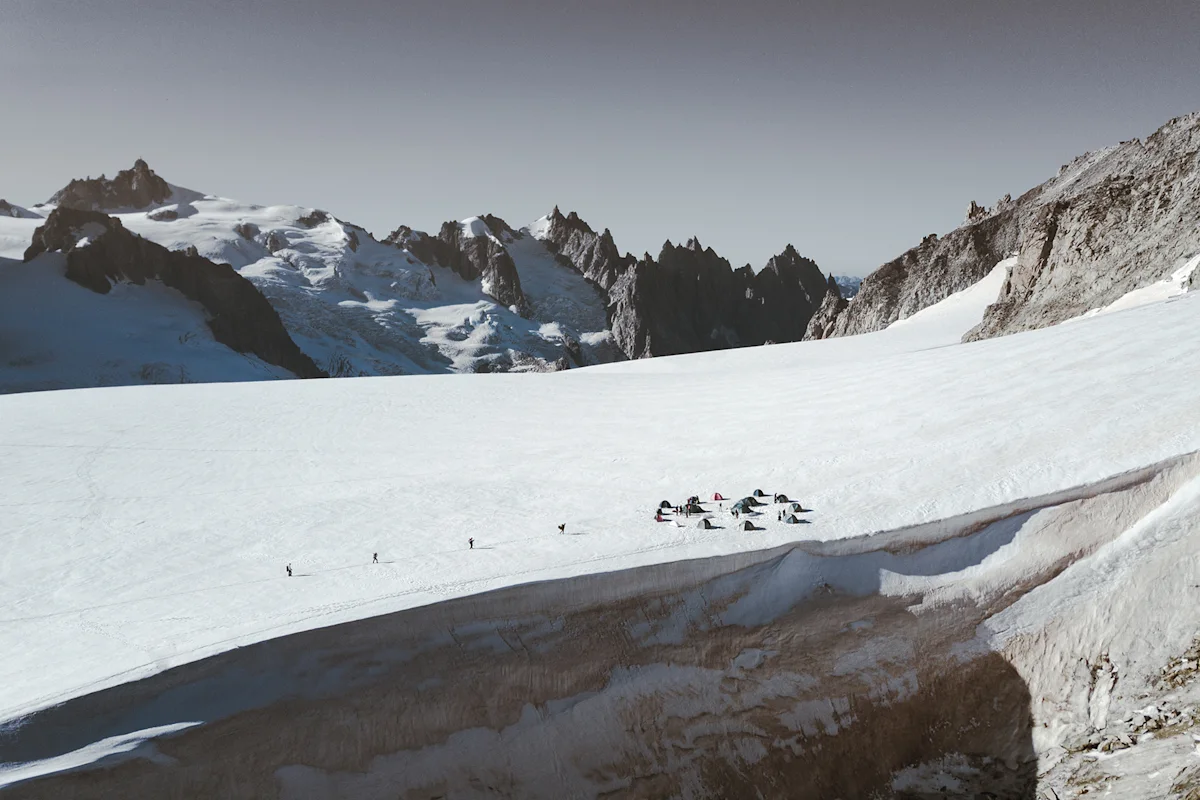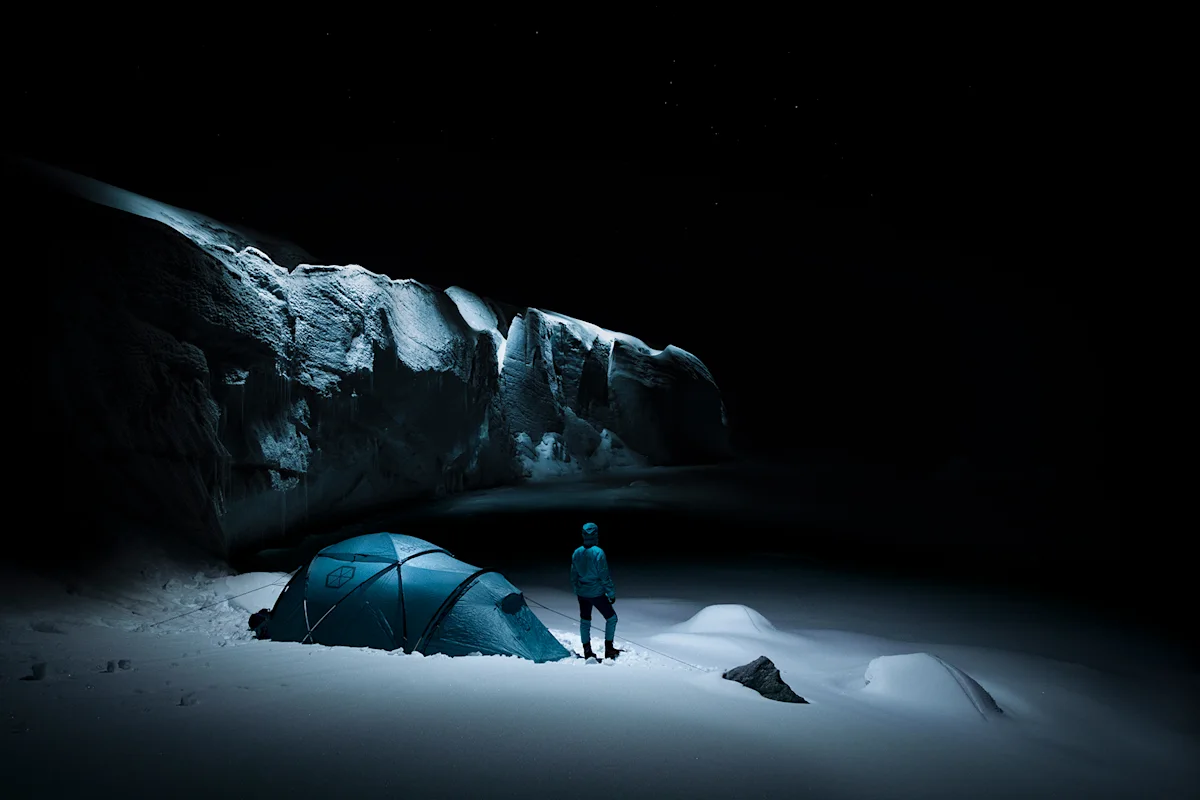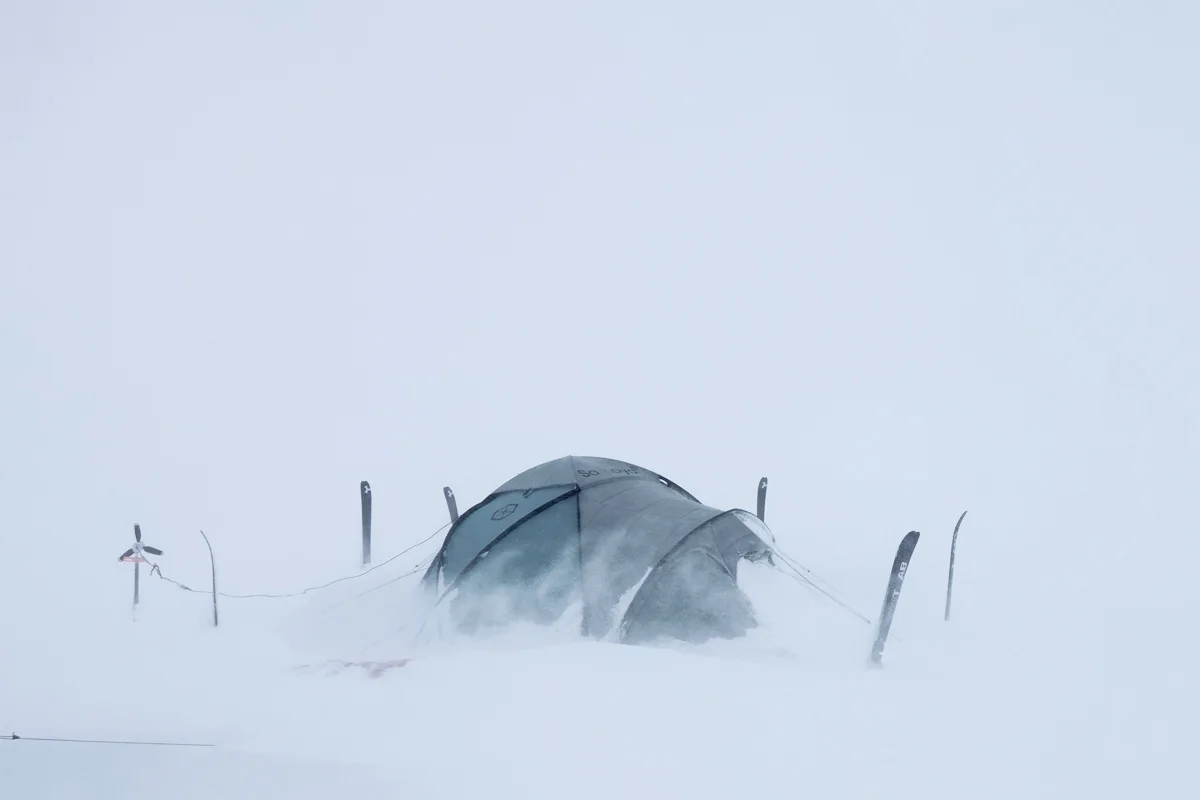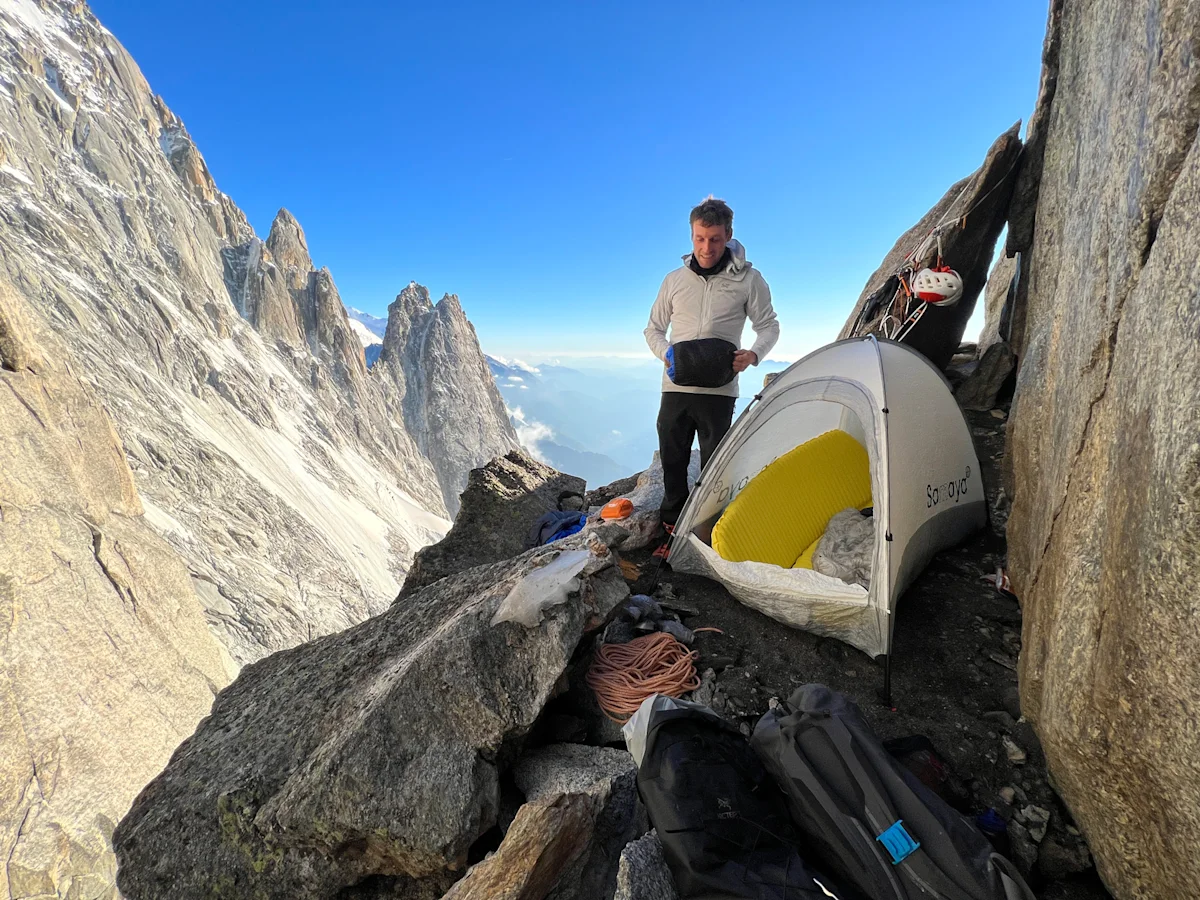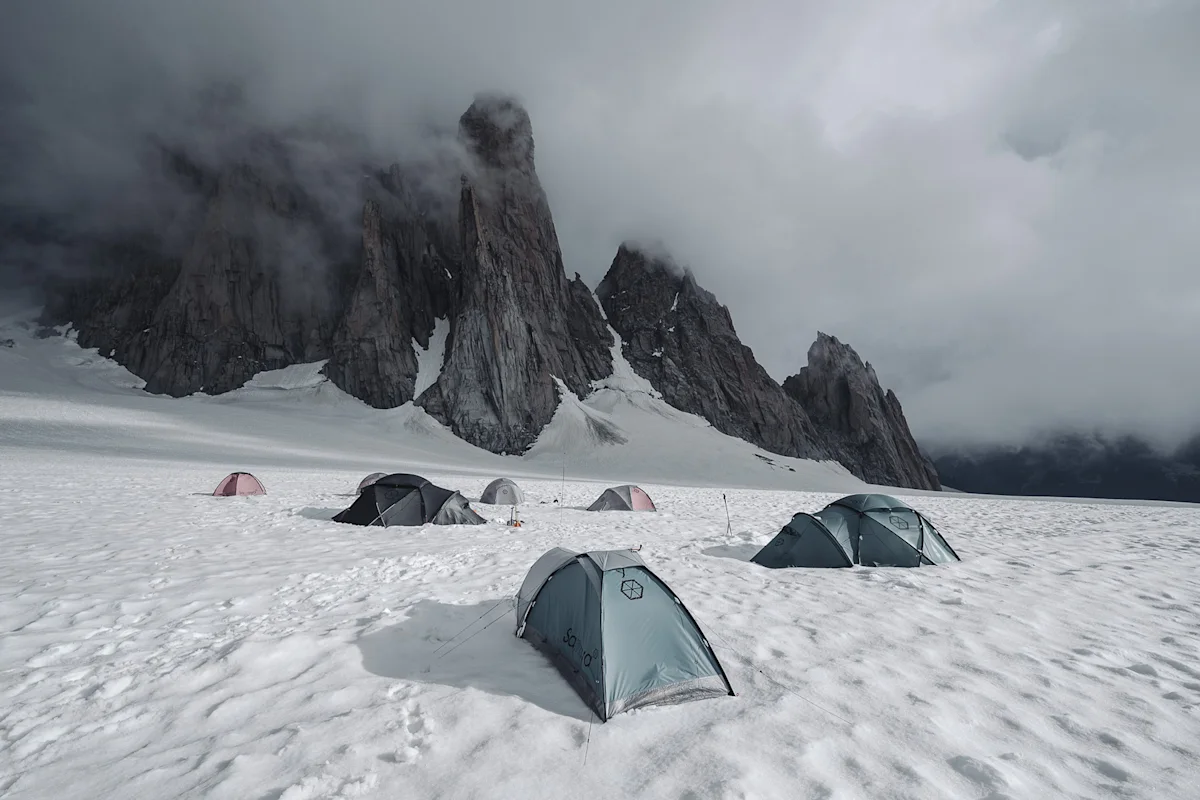Ghislain Pipers was a lifelong competitive climber when he enrolled in the École d'ingénieurs Matériaux Textiles (ENSAIT), a textile engineering school in Roubaix, France. Climbing was core to his life, and it became part of his studies when, as a school project, he sought to invent a better bivouacking tent and came up with a new breathable fabric called Nanovent. Flash forward five years and Pipers is now regarded as the brains behind your favorite athlete’s favorite tent.
That project evolved into the now-acclaimed Samaya 2.5, a two-person, four-season shelter made of Nanovent and the ultralight fabric Dyneema. Now it's one of the best ultralight tents available, and one of a number of innovative tents and backpacks produced by Samaya, the brand Pipers founded. The company produces ultralight tents for a wide range of uses, from the most technical RADICAL1 to the three-season INSTANT2. All of Samaya’s gear has a common thread running through it that draws from mountaineering philosophies of centuries past and the value of innovation. Samaya is also deeply tied to the bivouacking traditions of the French Alps and most importantly, to Pipers' conviction that how you reach a summit matters as much as reaching it at all.

